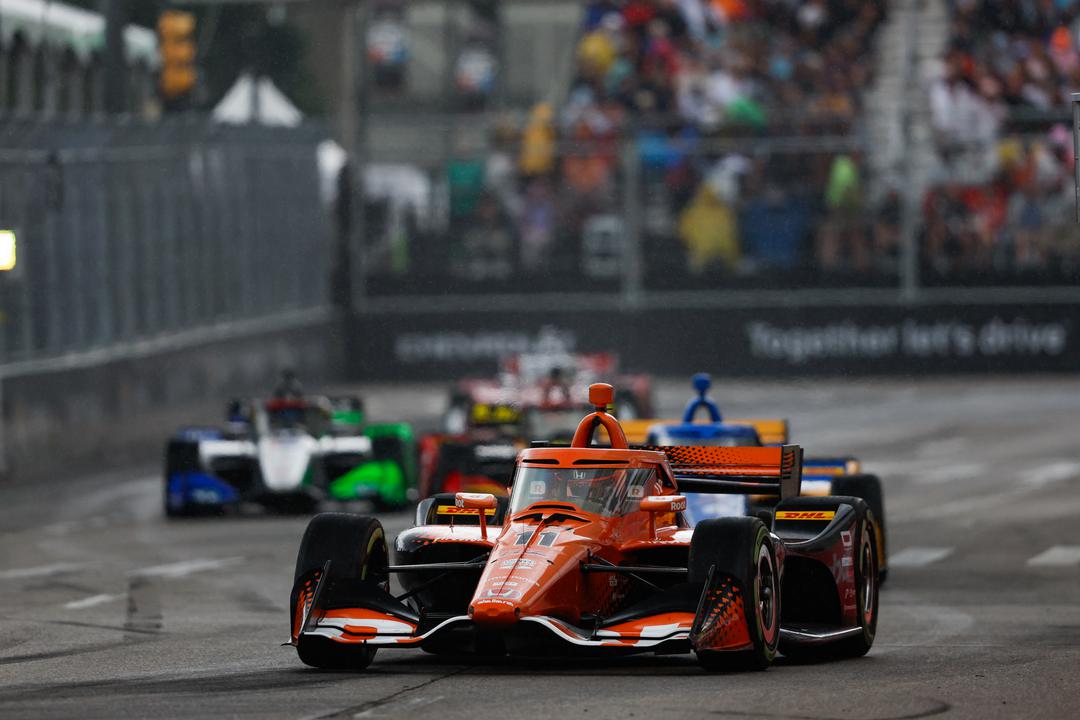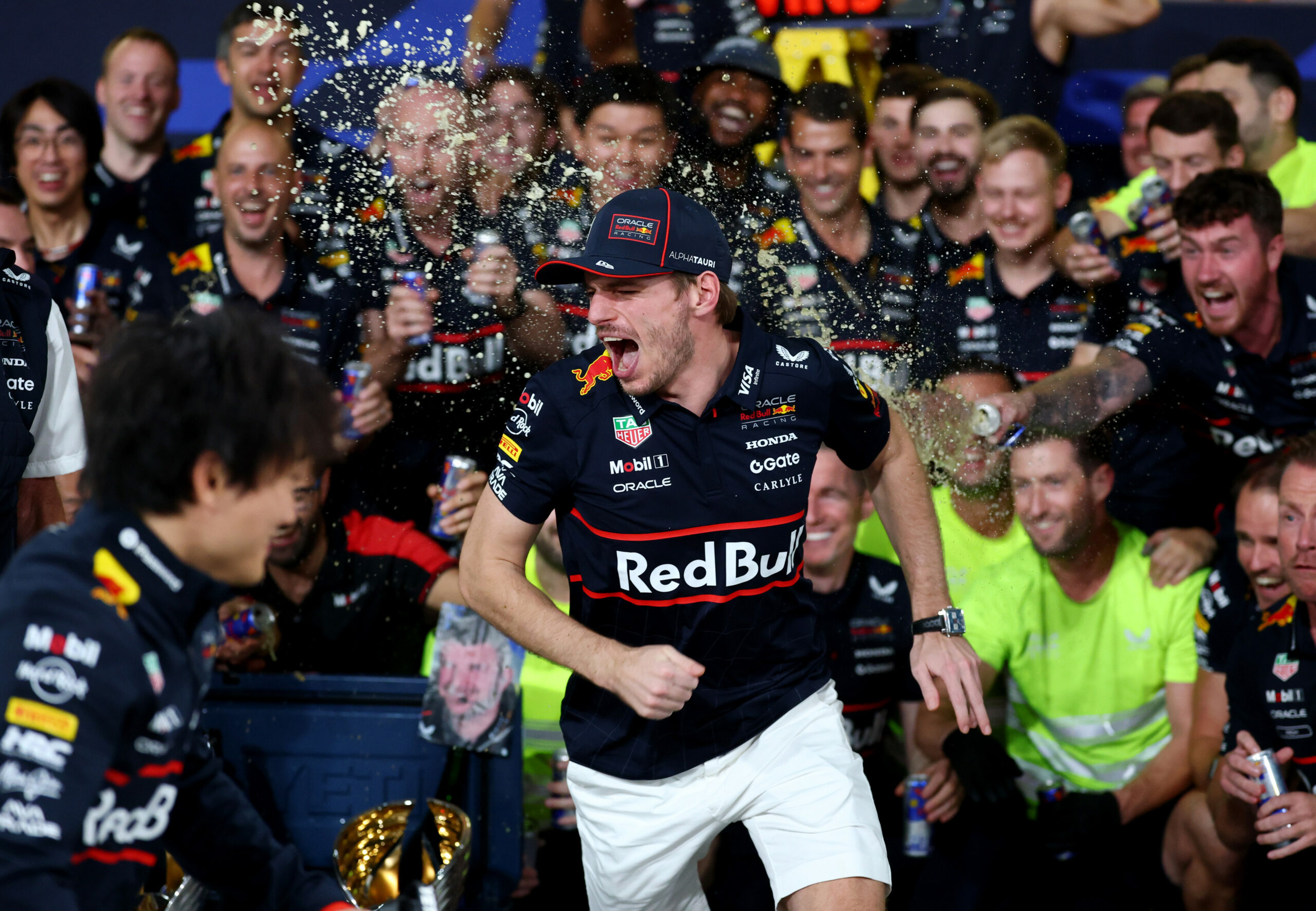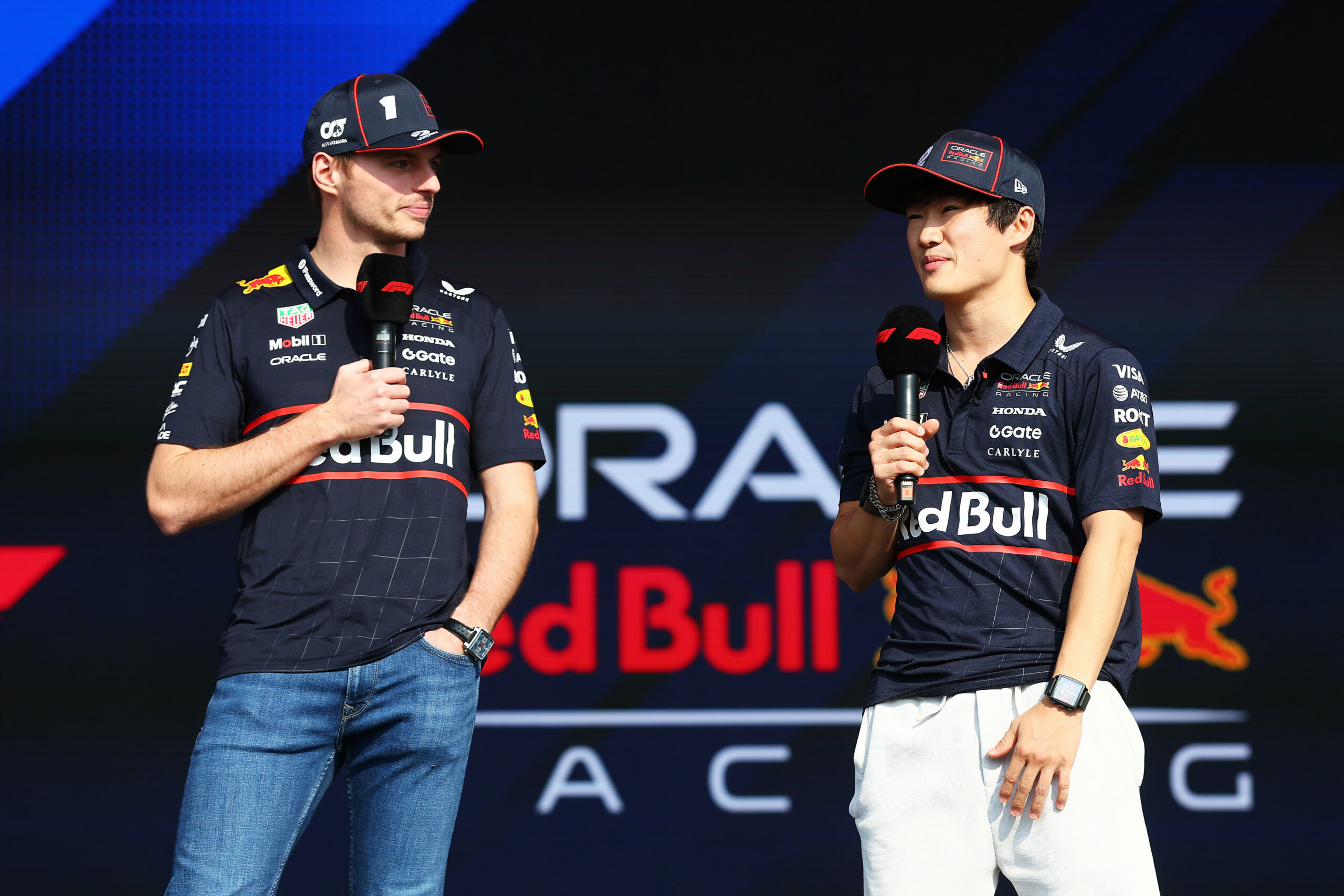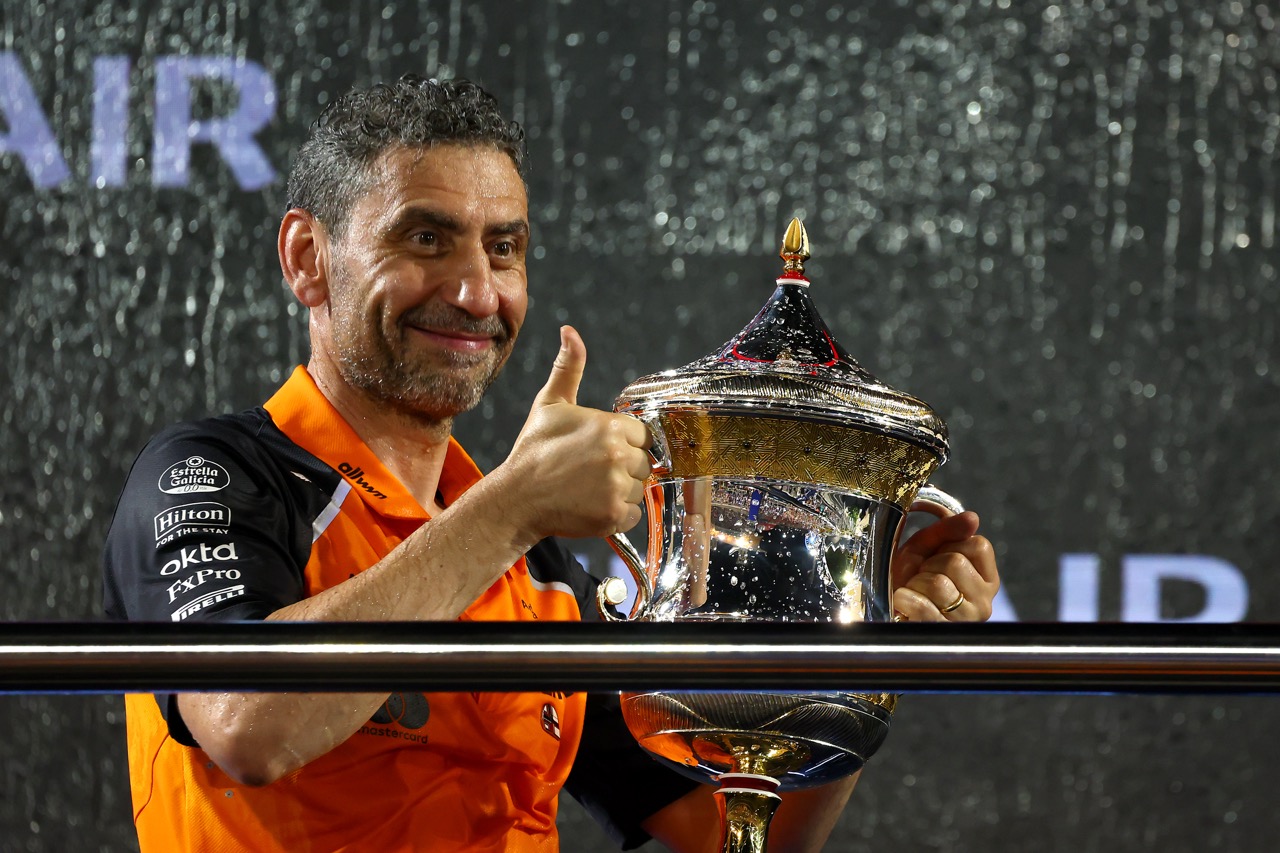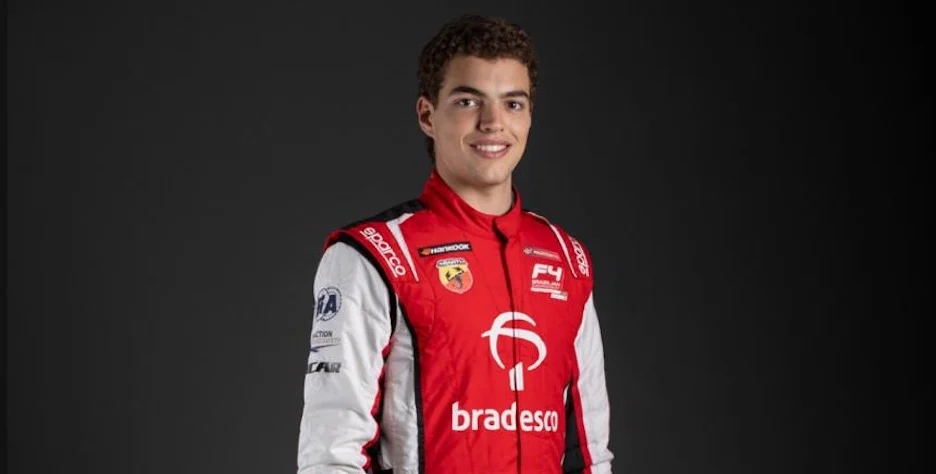Marcus Armstrong came across the line at the chequered flag to pick up his first podium in his young IndyCar career, with a third place finish at the Detroit GP.
Coming into his sophomore season in IndyCar, a big step up was expected from the Chip Ganassi Racing driver, as this year he is running the full 18-race schedule.
Despite this, before Detroit, he had a best finishing position of only P5. Now, on his 19th attempt, he finally achieved his first trip to the podium, which has been a relief for the Kiwi.
“I’m very pleased. I mean, in my opinion, it’s been a long time coming, even though this is my second season.”
Having started P19, Armstrong managed to stay out of the majority of incidents towards the start of the race, in what was a chaotic, crash heavy race.
However, coming onto lap 53, all his hard work to make his way up into P6 was all undone as Christian Lundgaard came careering into turn 3, colliding with Romain Grosjean who was running a solid P5.
Armstrong was one of the unlucky ones, as in his attempt to avoid the chaos he ducked to the outside, which was swiftly cut off by Grosjean’s Juncos rolling backwards into the tyre barrier.
The Kiwi was left stranded and frustrated whilst the incident was cleared up, dropping back to P18 by the time the race restarted on lap 60. But he did pit under the penultimate caution, allowing him to go to the end with some fuel saving.
Armstrong was unaware in the post-race press conference if a penalty had been given to Lundgaard, before quickly being informed of the stewards call for the Dane to serve a stop-go penalty.
In an attempt to explain some of the reasons behind the chaos that ensued on Sunday, Armstrong cited issues of generating tyre temperature and general over-ambition by the majority of drivers.
“As well, it’s very slippery. For whatever reasons the tires this season have been very let’s say robust. You can’t really generate temperature. Even towards the end of the stint it’s not like they’re in the right window. I think a lot of the mistakes are also caused by the fact that the tire is not working early in the run, especially when they’re cold.
“I know I’ve taken some margin. If you brake where you think you should brake, occasionally you just drive straight through someone. I’m sure that’s happened, as well.
“I’m sure mistakes today also were not by the intention of the driver trying to lunge everyone, but because he didn’t have the grip to stop. I’d say that is one thing.
“Marcus [Ericsson] is right, a lot of the moves today were very ambitious. Honestly, the braking distances are quite long. I think that’s quite inviting. Yeah, perhaps it’s needs a bit of a rethink.”
It was Armstrong’s first attempt at the Indy 500, or any oval in general almost two weeks ago at IMS, and despite his unfortunate early withdrawal due to engine failure, he has described the process as somewhat of a learning curve as the process and intensity he went through to prepare for the race he has said he will be applying to all of his races going forward.
“For the 500, obviously it was completely new to me. I haven’t done any oval racing before. We, I, had to do a massive amount of prep, let’s say, ‘study’ for lack of a better word, to be ready for that race.
“We sort of concluded if we can work a bit harder for the 500, we can work that hard for every race. In qualifying, we didn’t show half of our potential unfortunately. I’m happy that we did so today and we can take some momentum to the next weekend.”
Despite losing out to Ericsson with two laps to go, the approach clearly worked for the Kiwi, with his P3 finish moving him up to thirteenth in the Drivers’ Standings on 116 points. His experience from last year’s race clearly reaping its rewards.
“I like the circuit, honestly. I liked it last year, as well. I don’t know why it’s so low grip. I mean, turn two is sort of repaved. Also turn three I’m sure was repaved. The grip is considerably better.
“In an ideal world, they would do that to the entire circuit. It probably would create a lot cleaner racing. The low grip creates such a long braking distance.
“The actual layout, I like it. It’s fun over one lap. Over a race distance, it’s pretty touch-and-go with yellows. But I enjoy it.”

